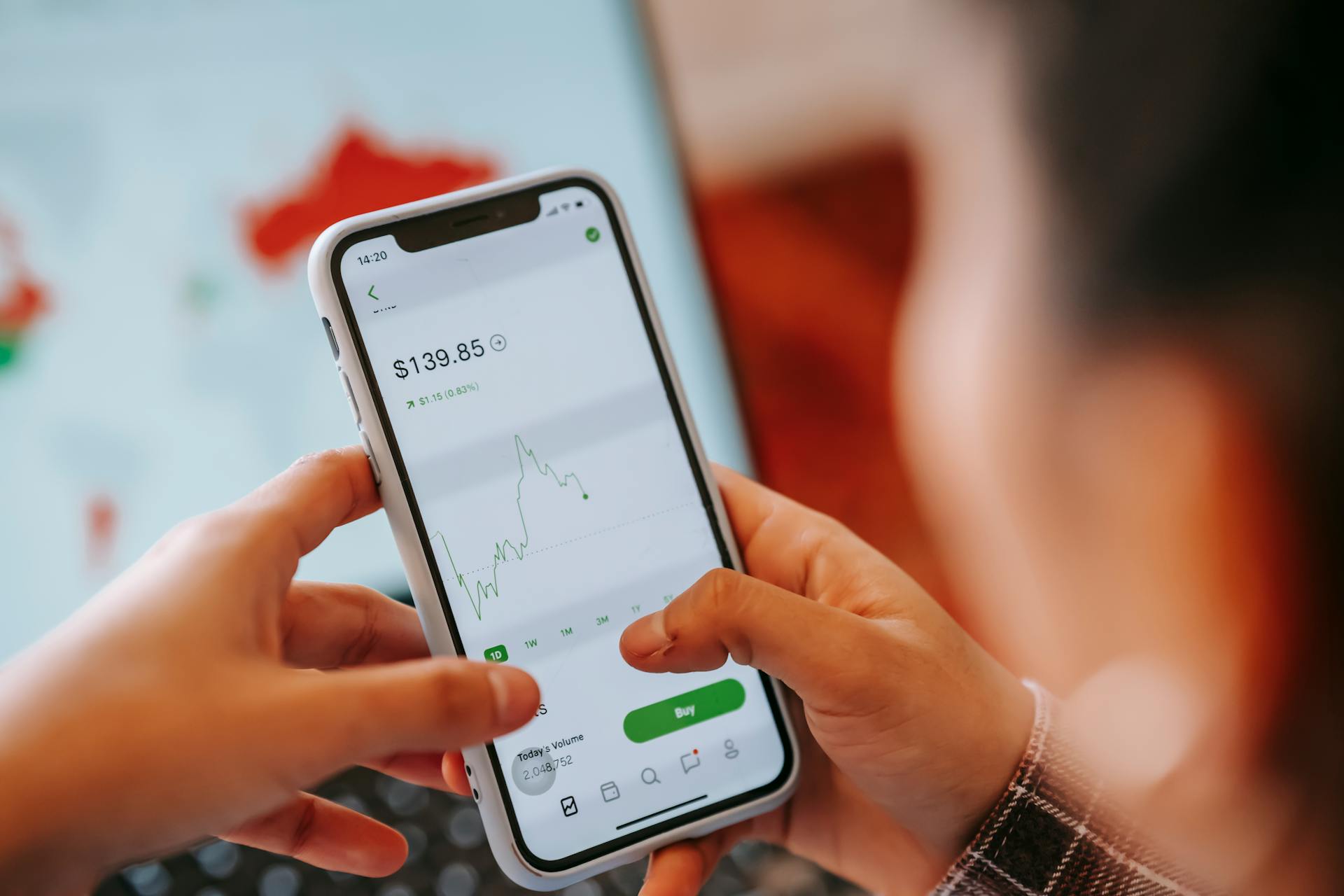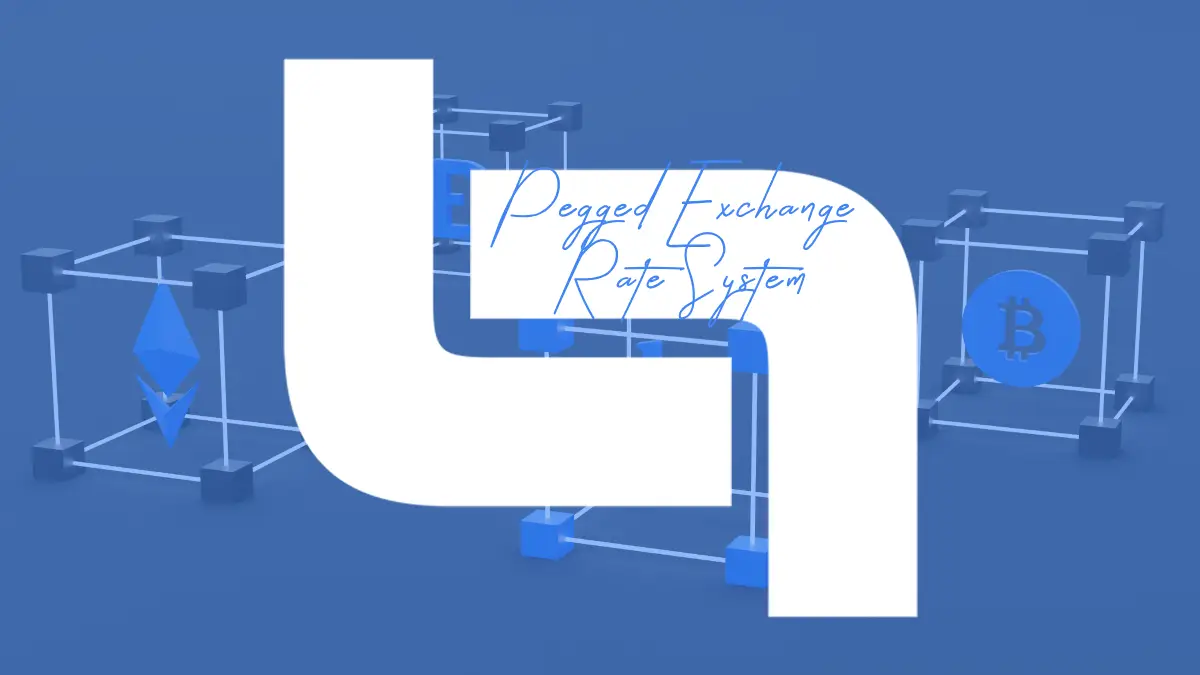Curious about how some currencies stay steady while others swing wildly? Welcome to the world of pegged exchange rates—a system where a country’s currency value is tied to another major currency. This approach offers stability and predictability, making international trade and investment smoother. Let’s dive into how pegged exchange rates work and why they’re crucial for economic stability. Enhance your trading knowledge on exchange rate systems through the-immediate-spike.com/, your connection to leading market educational experts.
Definition and Importance of Exchange Rate Systems
An exchange rate system determines how a country’s currency is valued relative to others. Think of it as the rules for setting prices in a global market. This system can be crucial for trade, investment, and economic stability.
Why does it matter? Without a clear system, a country’s currency might fluctuate wildly. This unpredictability can hurt businesses that trade internationally, as they face risks from sudden changes in currency values. For instance, if the dollar suddenly strengthens, American products become more expensive abroad. Conversely, if it weakens, imports become more costly.
Different systems offer varying levels of stability. For example, a fixed exchange rate system ties a country’s currency to another major currency, providing more predictability. This stability helps in planning and budgeting, making it easier for businesses to operate across borders.

The Concept of Pegged Exchange Rates
A pegged exchange rate is like having a fixed price tag on a currency. Instead of letting the currency’s value float freely, it is fixed to another major currency or a basket of currencies.
How does it work? Imagine you peg your currency to the US dollar. This means your currency’s value is tied to the dollar’s value. If the dollar strengthens, your currency will follow suit, and if the dollar weakens, your currency will adjust as well.
This system provides stability. For countries with less stable economies, pegging can help control inflation and attract foreign investment by reducing currency risk. However, it also means that the country must maintain sufficient reserves of the pegged currency and be prepared to adjust its monetary policy to keep the peg intact.
For instance, Hong Kong has pegged its currency to the US dollar for decades. This peg has provided stability in times of regional economic turbulence, making Hong Kong a more predictable place for investors and traders.
Types of Pegged Exchange Rate Systems
There are several types of pegged systems, each with its unique way of handling currency values.
Fixed Peg System: Here, the country sets its currency at a specific value relative to another major currency, like the US dollar. It’s a strict system where the central bank must hold reserves to maintain the peg.
Crawling Peg System: This system adjusts the peg periodically. For example, a currency might be pegged to the dollar but at a rate that adjusts gradually over time. This helps accommodate minor economic changes without abrupt currency value shifts.
Pegged Float System: Also known as a managed float, this system allows some flexibility. The currency is pegged to a major currency but can fluctuate within a range. This system combines the stability of a peg with some flexibility to respond to market conditions.
Each type has its advantages and trade-offs. For instance, a fixed peg provides stability but requires constant management and reserves, while a crawling peg offers flexibility but can still lead to inflation or uncertainty if not managed carefully.
The Rationale Behind Adopting a Pegged Exchange Rate
Countries often adopt pegged exchange rates to achieve stability and predictability. Why choose a peg? For many nations, especially those with smaller or emerging economies, a pegged system can offer a more stable environment for trade and investment.
A pegged rate helps control inflation. By tying the currency to a stable and well-known currency, a country can avoid extreme fluctuations in price levels. This stability is attractive to investors, as it reduces the risk associated with currency value changes.
Moreover, pegging can boost investor confidence. Investors prefer predictable environments, and a pegged rate system can provide a more stable backdrop for making financial decisions.
However, maintaining a peg requires careful management. If the pegged currency becomes misaligned with economic conditions, the country might face issues like trade imbalances or speculative attacks. Therefore, while pegged exchange rates can offer stability, they also require rigorous oversight and adjustment to align with global economic conditions.

Conclusion
Pegged exchange rates can offer a lifeline of stability in the turbulent sea of global finance. By anchoring a currency to a major one, countries aim to reduce uncertainty and foster economic confidence. While this system has its pros and cons, understanding its mechanics can help you navigate the complex world of international economics with greater clarity.

